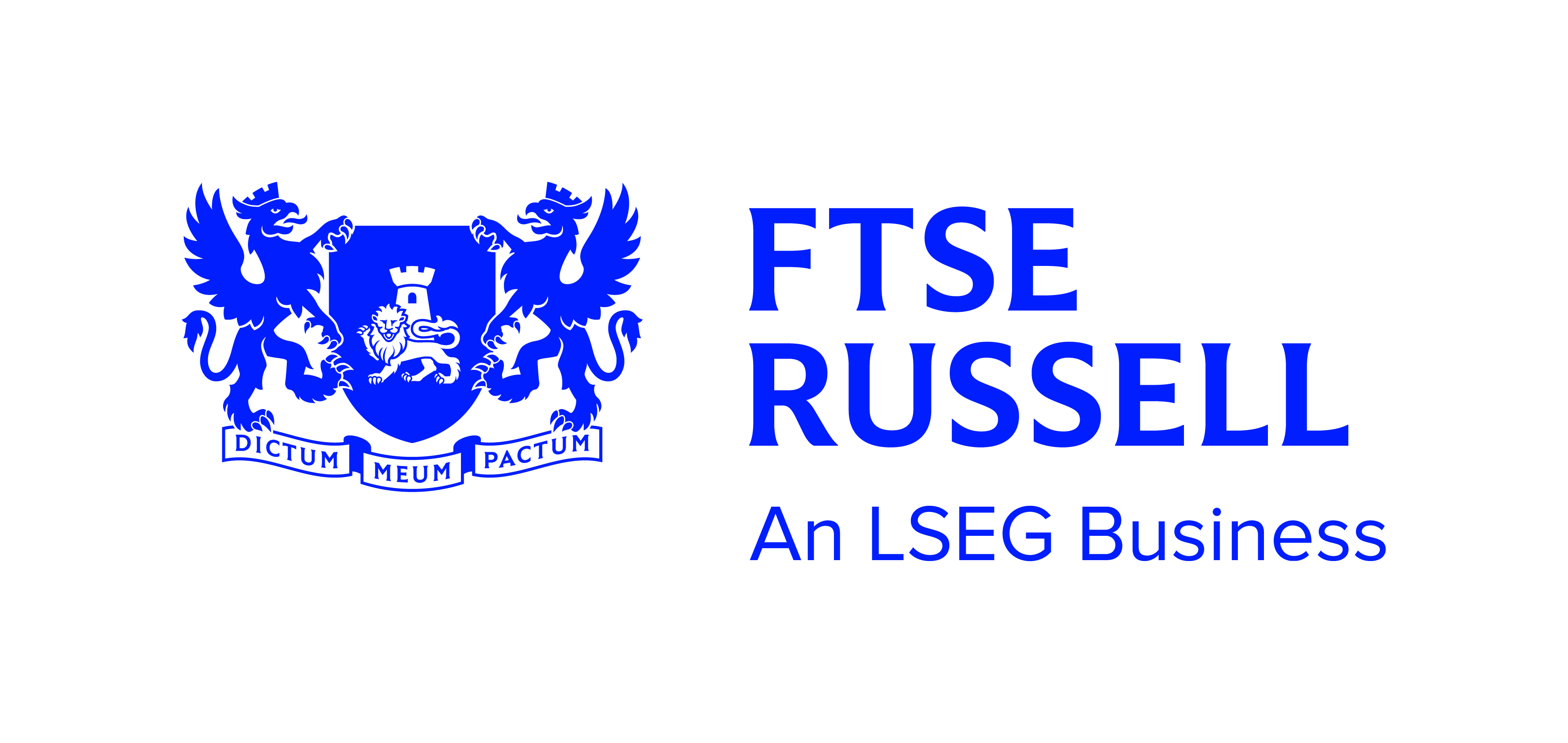Index providers are charging some asset managers up to 13 times more for a similar set of products, according to research looking into the opaque pricing of indices.
The research noted that inflation-driven pricing is applied inconsistently by index providers as well as finding a general lack of transparency on how each business prices its products.
Index providers have been the subject of increased regulatory scrutiny over the past 12 months as industry watchdogs look to stamp down on potential conflicts of interest and a lack of transparency around costs.
The research, conducted by consultancy firm Substantive Research, found that for similar developed market index products, some providers are charging 13 times more than other clients.
Furthermore, inflation-driven increases in pricing are also applied inconsistently the consultancy firm said.
Mike Carrodus, CEO of Substantive Research, said: “Some providers are more inconsistent in what they charge than others, which is important to understand as this will change consumers’ strategy and approach in each case.”
Krystal Somaza, head of data and analytics at Substantive Research, added accurate pricing in the indexing markets has always been a challenge due to the differences in terms of the size, structure and business model of each firm.
“Transparency is key for procurers, where an incumbent provider base has ensured formidable pricing power in a market with limited alternatives available to buyers,” she said.
The dominance of the ‘Big Three’ index providers in Europe – MSCI, FTSE Russell, and S&P Dow Jones Indices – has previously been blamed for keeping costs higher for ETF issuers and stifling innovation.
These index providers account for more than 80% of passive equity funds assets, according to data from Morningstar. MSCI alone has a 47% share across the continent.
None of the ‘Big Three’ publish any detailed public data about their product fees.
Substantive Research also found huge pricing inconsistencies in the referencing data market, with some providers charging over 10 times more than other clients for similar products.
Carrodus said: “Many incumbent vendors have been extremely successful in becoming ‘have-to-have’ through investment in their products, technology and marketing capabilities, so their leverage in pricing can be seen as a natural reward for these efforts.”
Related articles





